碑
⇒見【碑碣】
碑(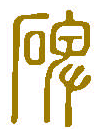 )
)

泰山都尉孔宙碑額,東漢
有漢泰山都尉孔君之碑。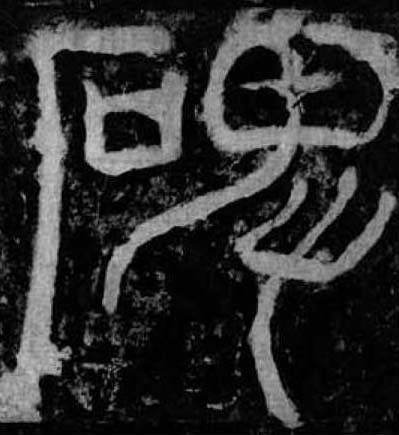
西嶽華山廟碑額,東漢
西嶽華山廟碑。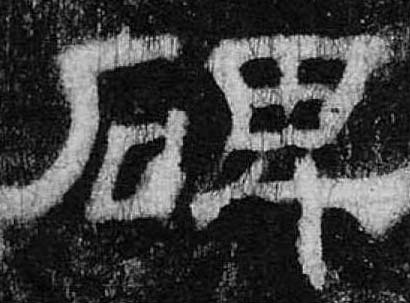
西嶽華山廟碑陽,東漢
然其所立碑石,刻紀時事,文字摩滅,莫能存識。
朝侯小子殘碑,東漢
故表斯碑以□□之真。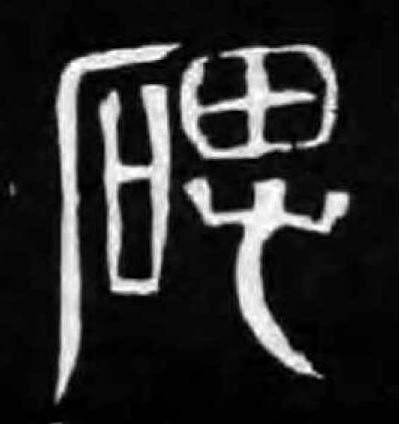
成晃墓誌額,晉
晉故處士成君之碑。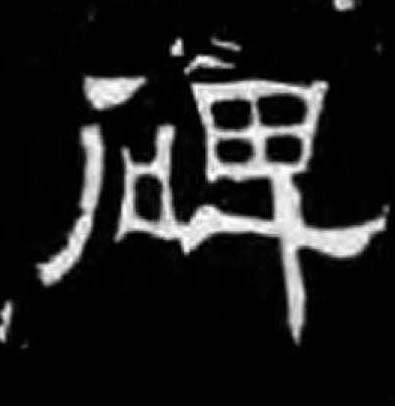
徐君妻管洛墓誌額,晉
晉待詔中郎將徐君夫人管氏之墓碑。
高盛墓碑額,東魏
魏侍中黄鉞大師録尚書事文懿高公碑。
宋顯伯等造像記陰,北齊
襄威將軍南面都督石碑主曹思。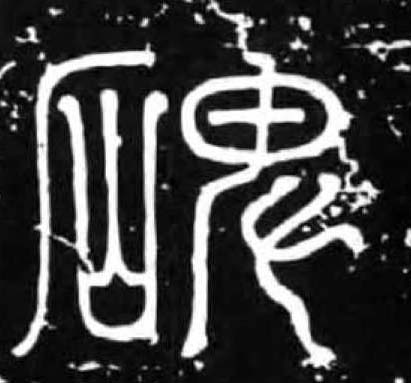
華嶽頌額,北周
西嶽華山神廟之碑。
暴永墓誌,隋
一扄泉户,碑上金生。
桓彦墓誌,唐
竝勒在豊碑。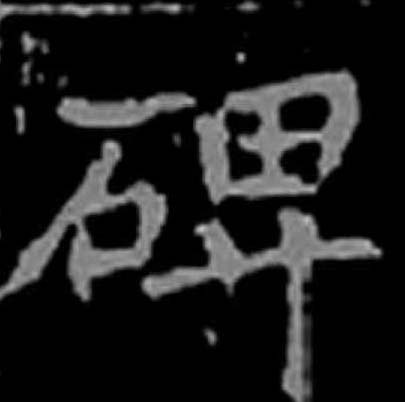
裴琪墓誌,唐
素備於豊碑。
《説文》: “碑,豎石也。从石卑聲。”
碑★常◎常
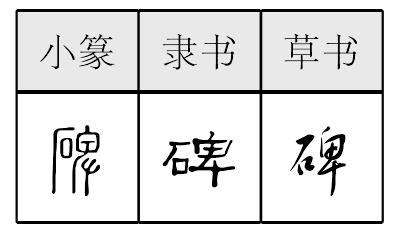
bēi形声,从石,卑声,本义为作为标记的石头、刻有文字和图案的墓碑,引申为用来纪念事业、功勋的建筑物。
碑.jpg) 篆
篆.jpg) 隶bēi
隶bēi
【析形】形声字。古文字形从石,卑声。
【释义】《说文》:“竖石也。”本义是古时宫、庙门前用来观测日影的竖石。引申为一种有纪念意义或作为标记的石碑,石上刻字,也用以刻文告。秦代称“刻石”,汉以后称“碑”。石碑方首者称“碑”,圆首者称“碣”。[里程碑]设于道路旁边用以记载里数的标志,比喻在历史发展过程中可以作为标志的大事。
【shape analysis】It is the pictophonetic character. In ancient character it is related to石(stone) and sounds like the pronunciation of 卑.
【original meaning】 The stone in front of an ancient palace or temple for measuring the sun's shadow.
碑 bēi
bēi
(13画)![]()
![]()
![]()
【提示】卑,8画,第六笔是撇; 旧字形9画,中间一撇断为一竖、一撇两笔。 上面的 , 中间一横宋体与两边相接,楷体与两边相离。
, 中间一横宋体与两边相接,楷体与两边相离。
*碑bēi
13画 石部 刻有文字或图画,竖立起来用作纪念物或标记的石头: ~文|~刻|墓~|界~|纪念~|里程~。